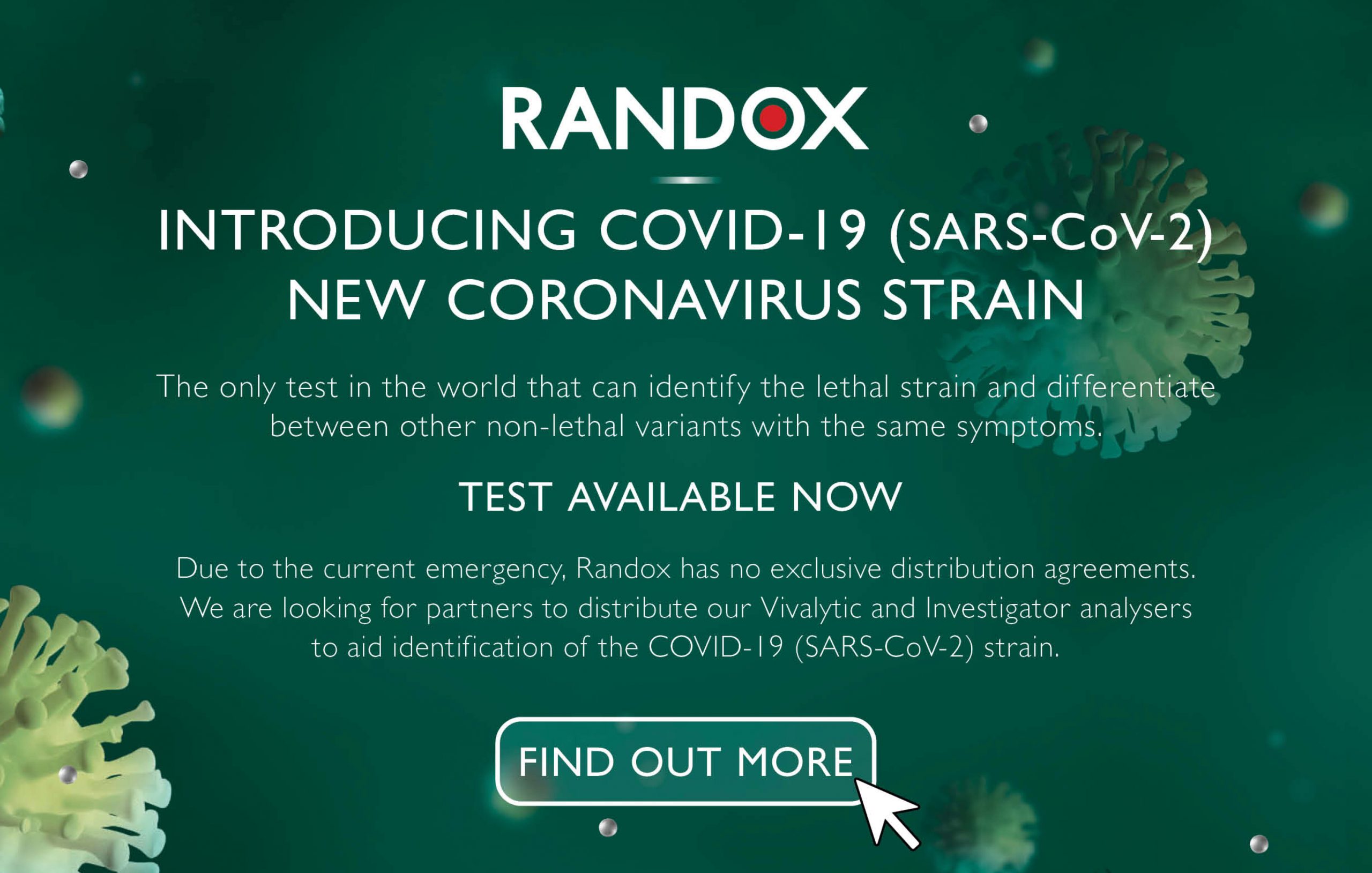Why is testing for Acetic Acid important in winemaking?
Why is testing for Acetic Acid important in winemaking?
Acetic Acid in winemaking
When it comes to winemaking, the acidity in wine is an important component for the quality and taste. It adds a sharpness to the flavours and is detected most readily by a prickling sensation on the sides of the tongue and a mouth-watering aftertaste.
Acetic acid is a two-carbon organic acid produced in wine during or after the fermentation period. It is the most volatile of the primary acids associated with wine and is responsible for the sour taste of vinegar.
During fermentation, activity by yeast cells naturally produces a small amount of acetic acid. If the wine is exposed to oxygen, Acetobacter bacteria will convert the ethanol into acetic acid. This process is known as the “acetification” of wine and is the primary process behind wine degradation into vinegar.
Randox Food Diagnostics offer multiple tests for wine analysis including Acetic Acid on both the RX misano and the RX monaco.
Acetic Acid
| Method | Sensitivity | Linearity |
| Manual | N/A | 0.3 g/l |
| RX misano | 0.117 g/l | Conc. Of standard |
| RX Monaco | 0.03 g/l | Conc. Of standard |
For more information about our food testing for winemaking please contact us at: info@randoxfooddiagnostics.com
Randox Food Diagnostics test committed to fighting antibiotic resistance is awarded AOAC Performance Tested Certification
After several years of dedicated R&D, Randox Food Diagnostics are pleased to announce that the industry’s leading body, the AOAC, has granted its Performance TestedSM certification to the company’s Antimicrobial Array I Ultra Kit (License Number 051705).
AOAC standards are used globally to facilitate public health and safety and promote trade, and the rigorous three year certification process was completed in conjunction with the US Food and Drug Administration Center for Veterinary Medicine validation protocol. In addition to internal validation studies and reporting to the AOAC Research Institute, an external independent expert laboratory was required to evaluate the methodology.
Achieving the AOAC Performance TestedSM certification sends a strong statement to the industry about RFD’s commitment to support food producers by providing the highest quality diagnostic tests.
The widespread use of antibacterial agents in veterinary practice, as bacteriostatic agents as well as to promote growth, has increased the concern about the levels of contamination of food products that can be consumed by the public. To protect both the consumer and the industry, regulatory authorities have specified maximum residue limits.
The Antimicrobial Array I Ultra Kit tests for 13 antibacterial agents: for consumer protection, the presence of these compounds in the food supply is highly regulated or banned. This Biochip based kit uses a multi-analytical approach, and therefore maximises detection capability which will improve food safety.
Head of Randox Food Diagnostics, David Ferguson, said:
“This is a major achievement for our team and we are delighted to receive this certification from AOAC. One of our central goals is to be a catalyst for improving food safety, which is why we invested so much into tackling the widely-reported dangers of antibacterial residue in food.
“There’s a growing awareness among consumers and producers about the critical issue of food safety. The Antimicrobial Array I Ultra Kit will meet the increasing demand for highly accurate diagnostic tests.”
The test kit is exclusively available on Randox’s proprietary Biochip Array Technology.
For more information please contact enquiries@randoxfood.com
About AOAC-RI
The AOAC Research Institute (AOAC-RI) was incorporated in 1991 as a wholly owned subsidiary of AOAC INTERNATIONAL. The AOAC-RI serves as an independent, third-party, nongovernment administrator of AOAC conformity assessment programs including the AOAC Performance Tested MethodsSM (PTM) and Official Methods of AnalysisSM (OMA) programs for alternative and sole source methods.
For more information, visit www.aoac.org.



